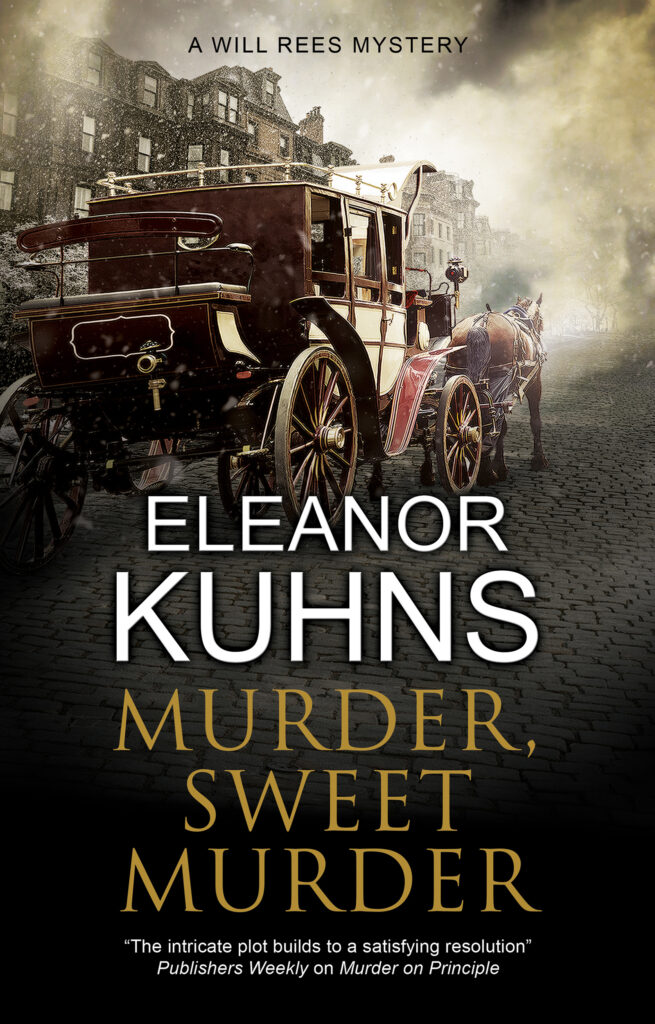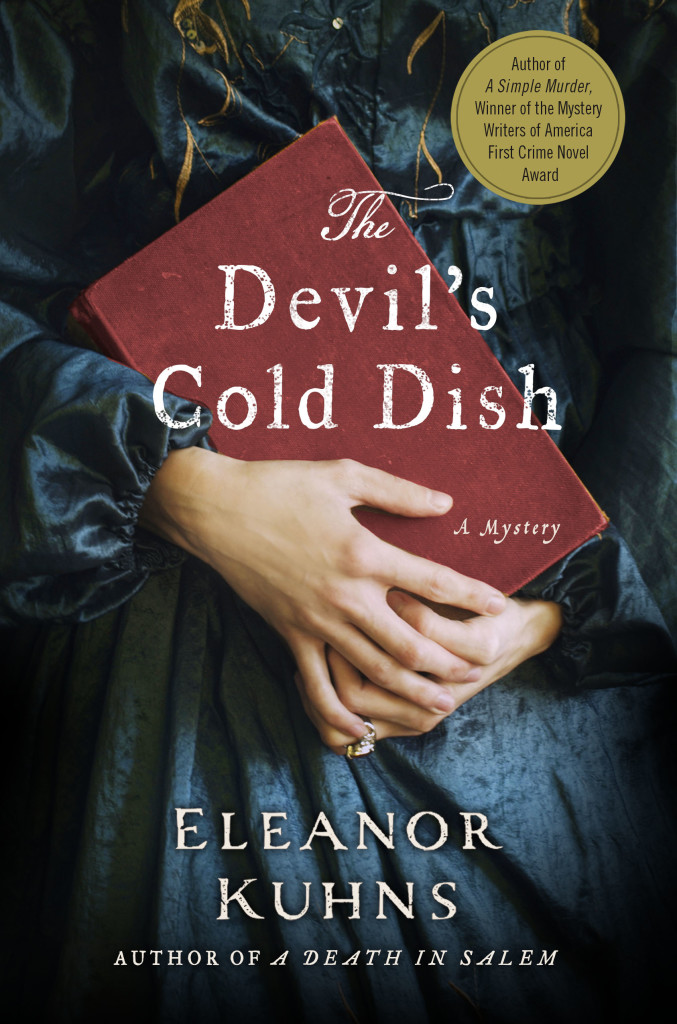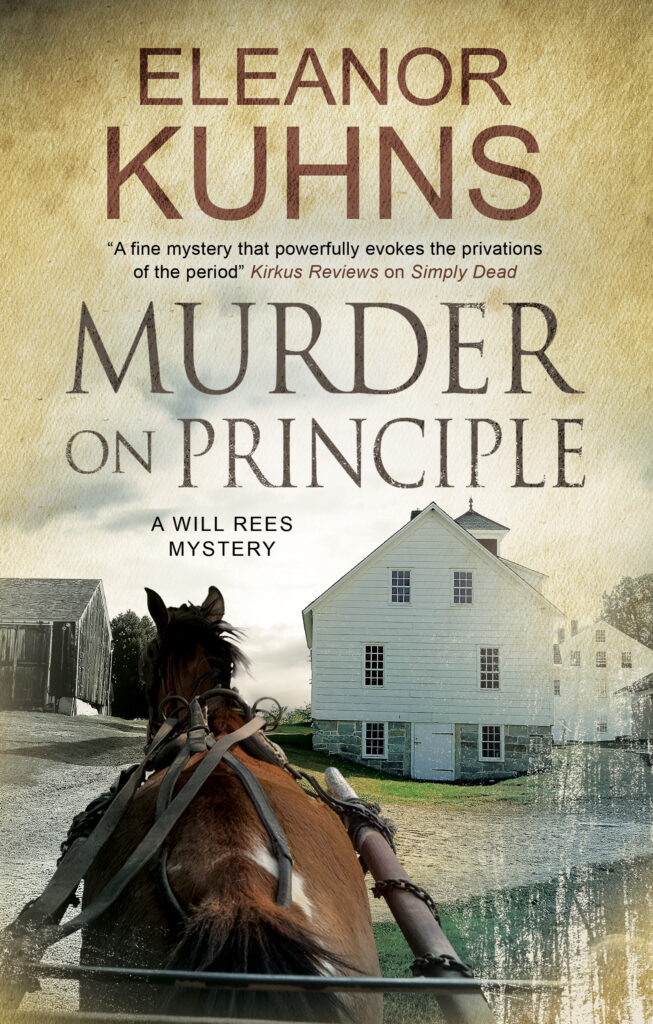Before rum, there was sugar – from sugarcane. Sugar is present in many fruits and vegetables. Sugar beets, for example, have more sugar than an apple. There are also many types of sugar: glucose, fructose, lactose, with slight differences in their chemical structures.
The sweetest of all is sugarcane.
Sugarcane is a picky plant, requiring heat, sunshine and water. It must be grown in a frost free environment. Discovered millennia ago, it grew first in New Guinea and from there spread to India and the Indian subcontinent. It did not reach Europe until many centuries later, during the Middle Ages, and it was rare and expensive. A description of a banquet in 1457 mentions sugar sculptures. As sugar was planted in Madeira and the Canary Islands, the demand for sugar increased tenfold.
Christopher Columbus brought sugarcane to the New World and the first sugar plantation was set up in Hispaniola. Slaves were imported to work the plantations and the desire for sugar continued to increase. With the plantations in the West Indies, sugar became cheap enough for most households to afford. From a few pounds consumed per capita in the colonies in the beginning of the eighteenth century, the amount rose to eighty pounds by the end.
Sugarcane is a grass. The crop is chopped into lengths, crushed and boiled. (Now much of this is done by machines but during the time of Will Rees, it was all done by hand.) The sugar we know and love is the crystallized result from the sugarcane syrup. Raw sugar is brown and has a higher molasses content. Slave accounts allude to the difficult and dangerous work connected to the production of sugar, from the chopping of cane to the boiling of the syrup. Slaves in the more northern states did not want to be sold down south: to the cotton or cane fields.
Molasses is a byproduct of this process. Once, it was discarded but the demand for molasses grew exponentially when it was discovered it could be fermented into an alcoholic drink. The fermentation of sugarcane juice is mentioned in Sanskrit texts. By the time of the sugar plantations in the West Indies, the enslaved were fermenting the molasses into ‘Rumbullion”, ‘kill-devil,’ and ‘screech’ – all forms of (probably undrinkable) rum. It rapidly gained in popularity, however, and was used as currency in Africa and was exported to Great Britain.
Sugarcane is a heavy feeder and requires about 660 gallons of water for every 2.2 pounds of sugar. So, not great for the environment as well as its role in obesity, tooth decay, diabetes, and other health risks.




